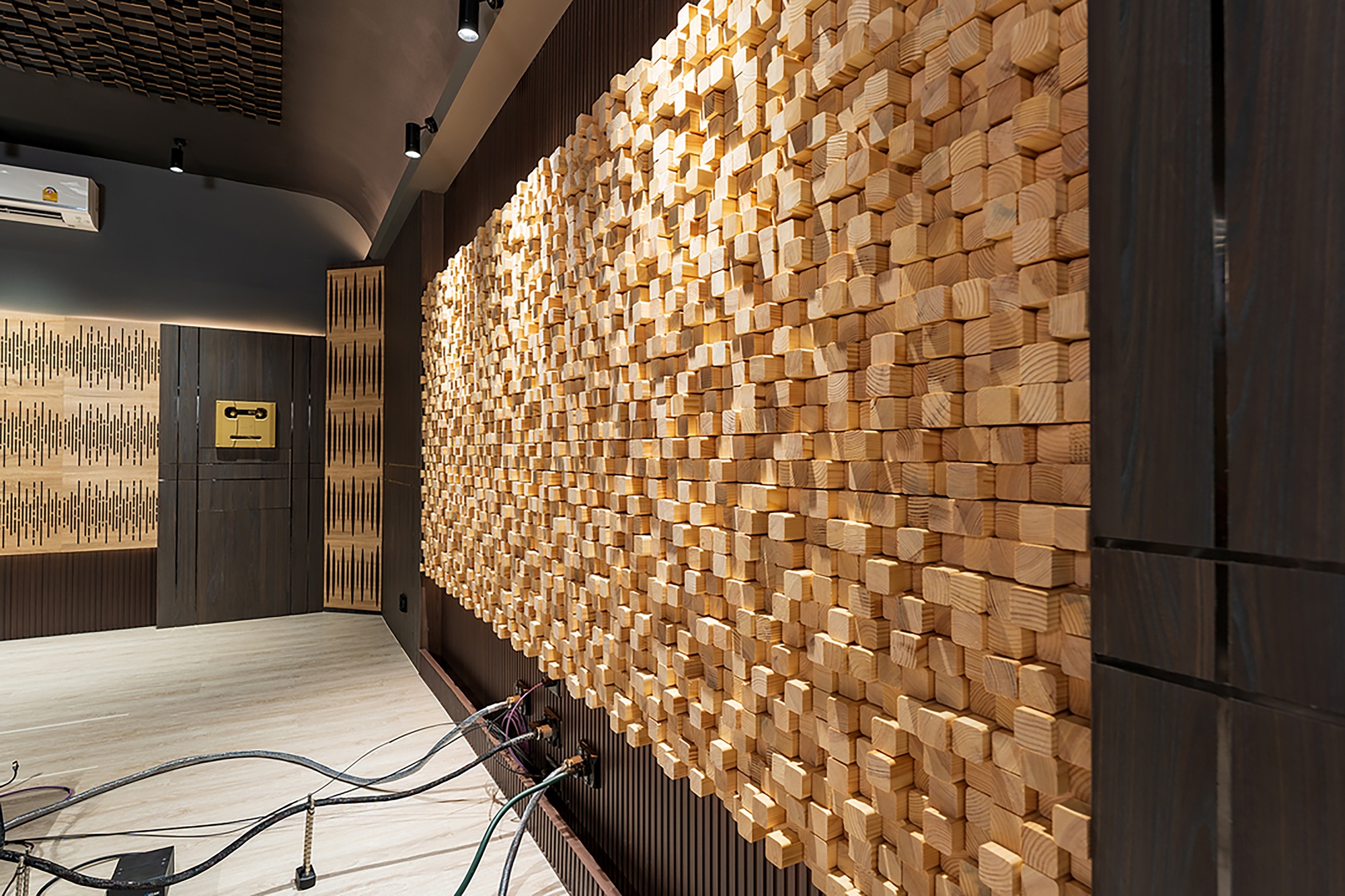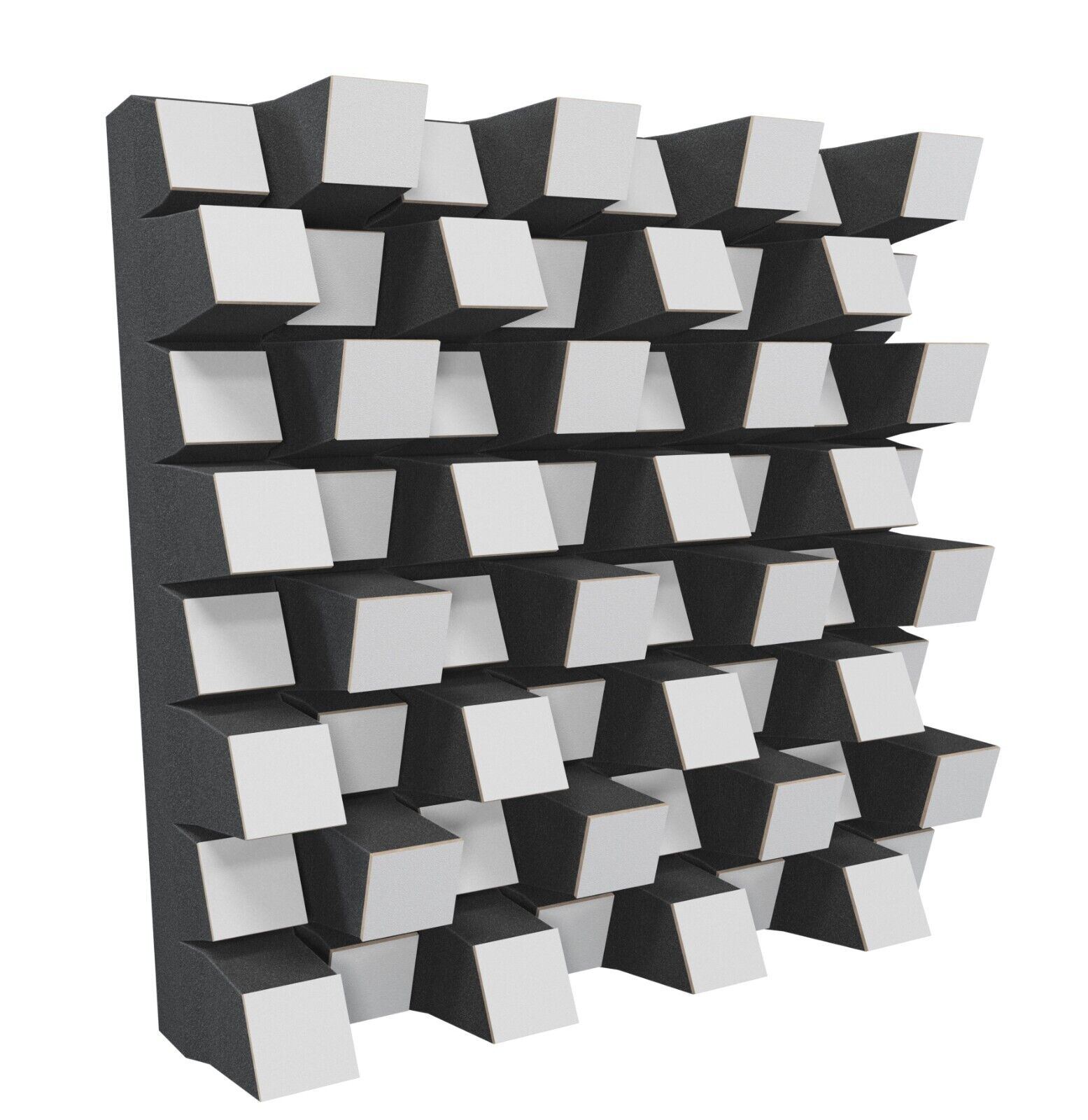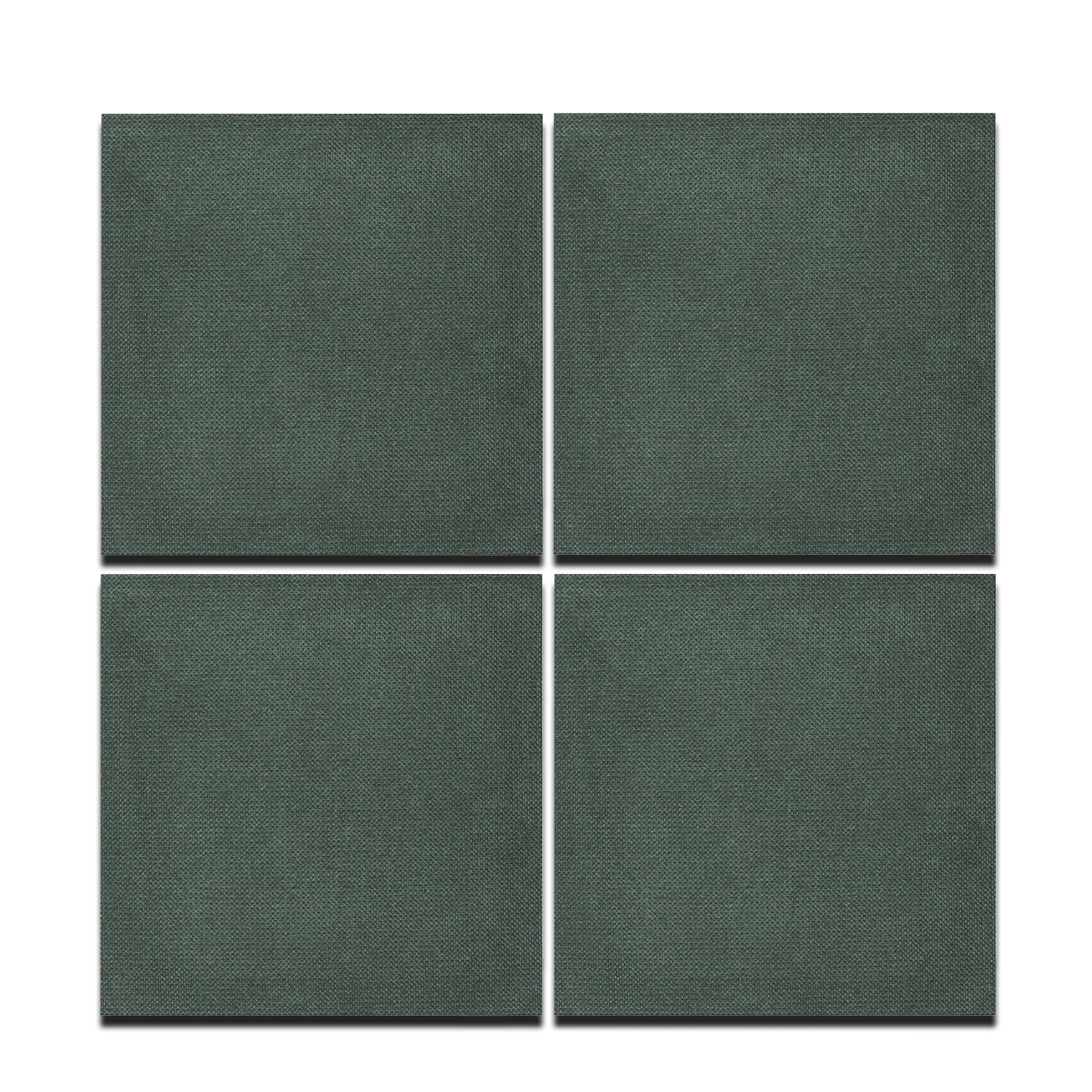The difference between sound absorbers and sound diffusers – creating the perfect sound environment
Achieving an optimal sound environment requires a balance between absorbing and diffusing sound. Two important acoustic solutions are sound absorbers and sound diffusers, but their functions differ significantly. By understanding the differences and how they can be combined, you can create a more comfortable and well-balanced acoustics, tailored to the needs of the room.
What do sound absorbers do? – Reduce reverberation and echoes
Sound absorbers are designed to capture and reduce sound reflections, which reduces reverberation and echo in a room. By absorbing sound waves, the sound energy is converted into heat, resulting in a more controlled sound environment. This is particularly important in environments where disturbing sounds can affect concentration, conversation quality, or the enjoyment of music and films.
Sound absorbers are often used in:
Offices and conference rooms
Reduces disruptive background noise and improves speech intelligibility.
Restaurants and cafés
Creates a calmer and more pleasant environment by reducing the noise level.
Home theater systems and music studios
Improves sound quality by reducing unwanted reverberation.
Homes
Creates a more harmonious sound environment in living rooms, bedrooms, and home offices.
Sound absorbers are made of porous materials such as acoustic foam, mineral wool, or polyester, which effectively dampen sound levels. By placing them on walls, ceilings, or other hard surfaces, you can significantly improve the acoustics of a room.
What do sound diffusers do? – Improve sound dispersion
Unlike sound absorbers, which reduce sound, sound diffusers are designed to spread sound evenly throughout a room. They prevent sound focusing and dead zones by reflecting and spreading sound waves in multiple directions. This creates more natural acoustics and makes the sound feel balanced and lively.
Sound diffusers are often used in:
Recording studios and concert halls
Spreads sound evenly for a more natural sound image.
Home theater systems
Improves the surround sound effect by creating a more realistic sound experience.
Music rooms and rehearsal rooms
Reduces uneven reflections and provides richer acoustics.
Sound diffusers are often made of wood or other hard materials with specific geometric shapes that break up sound waves and spread them over a larger area. This allows the room to retain a natural sound without feeling muffled or lifeless.
Which solution is best for your room?
The choice between sound absorbers and sound diffusers depends on the acoustic needs of the room. If you experience a lot of echo or noise, sound absorbers are the best choice for creating a more controlled sound environment. If, on the other hand, the sound image feels flat or unbalanced, sound diffusers can help create a more dynamic and lively acoustics.
In many cases, a combination of both is the most effective solution. By using sound absorbers to dampen unwanted reflections and sound diffusers to evenly distribute the remaining sound, you can create an optimized sound environment, whether it's for a home, office, or professional studio.








